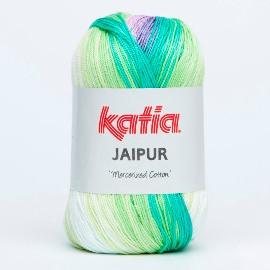Exploring Jaipur: A Glimpse into the Pink City

Introduction to Jaipur
Jaipur, the capital of Rajasthan, India, is famously known as the Pink City due to the distinct colour of its historical buildings. Established in 1727 by Maharaja Sawai Jai Singh II, Jaipur holds immense cultural and historical significance, attracting millions of visitors each year. With its stunning architecture, vibrant markets, and rich traditions, Jaipur serves as a gateway to the heritage of India.
Significance of Jaipur’s Architecture
One of the foremost attractions in Jaipur is its exquisite architectural designs, influenced by Mughal and Rajput styles. The Hawa Mahal, or Palace of Winds, stands as a testament to intricate latticework and royal aesthetics, providing a unique glimpse into royal life. Other notable landmarks include the Amer Fort, which boasts expansive gardens and majestic views, and the City Palace, representing the royal blend of traditional and modern design.
Cultural Heritage and Festivals
Jaipur is a hub of cultural festivities, drawing tourists eager to experience events such as the Jaipur Literature Festival and the Teej Festival, which celebrates the monsoon. The annual Kite Festival is another highlight, where residents partake in kite flying competitions, filling the skies with vibrant colours. These festivities not only showcase the city’s cultural richness but also contribute to its economy through tourism.
Current Events and Developments
As of 2023, Jaipur is witnessing significant developments aimed at enhancing tourism. The Rajasthan government has initiated several projects to improve infrastructure, including new transport links and the restoration of historical sites. Additionally, the introduction of eco-friendly initiatives is being encouraged to promote sustainable tourism, aligning with global trends.
Conclusion
As Jaipur continues to evolve, it remains an essential destination for those seeking to explore India’s diverse heritage. The blending of history with modernity is evident throughout the city, making it a captivating place for both locals and visitors. Looking ahead, Jaipur’s commitment to sustainable tourism and preservation of its cultural heritage signifies a promising future. Tourists can expect not only to visit historical landmarks but also engage with the community and experience the true essence of the Pink City.
